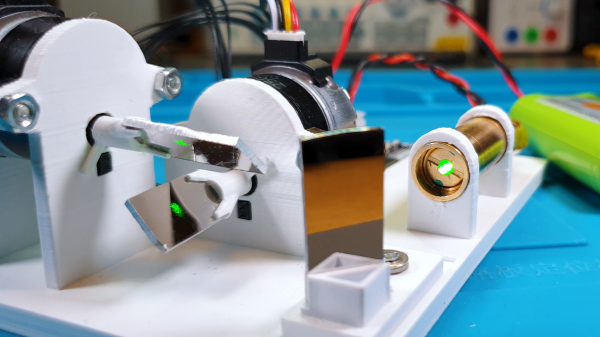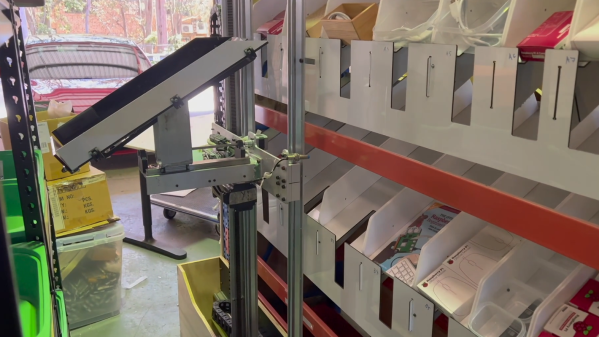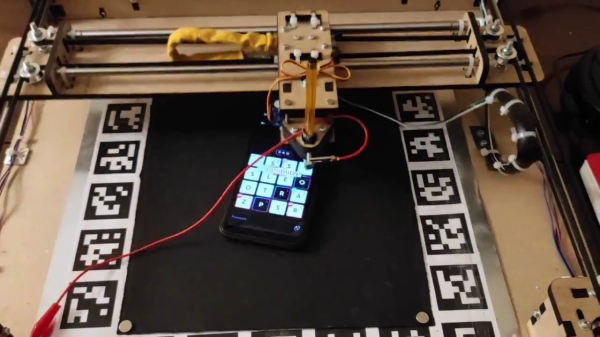There have been a couple of high-profile solar eclipses lately, but like us, you probably missed the news of the one that passed over Munich in 2019. And every day since then, in fact, unless you were sitting in a particular spot: the couch of one [Bernd Kraus], who has his very own personal eclipse generator.
We’ll attempt to explain. Living in an apartment with a gorgeous western view of Munich is not without its cons, chief among which is the unobstructed exposure to the setting sun. Where most people would opt for a window treatment of some sort to mitigate this, [Bernd] felt that blotting out the entire view was a heavy-handed solution to the problem. His solution is a window-mounted X-Y gantry that dangles a cutout of the moon in just the right place to blot out the sun. An Arduino uses the time and date to calculate the position of the sun as it traverses the expansive window and moves the stepper motors to keep the moon casting its shadow in just the right place: on his face as he sits in his favorite spot on the couch.
There are a couple of time-lapse sequences in the video below, as well as a few shots of the hardware. We know this isn’t an actual coronagraph, but the effect is pretty cool, and does resemble an eclipse, at least in spirit. And it goes without saying that we applaud the unnecessary complexity embodied by this solution.
Continue reading “Enjoy Totality Every Day With This Personal Eclipse Generator”


















